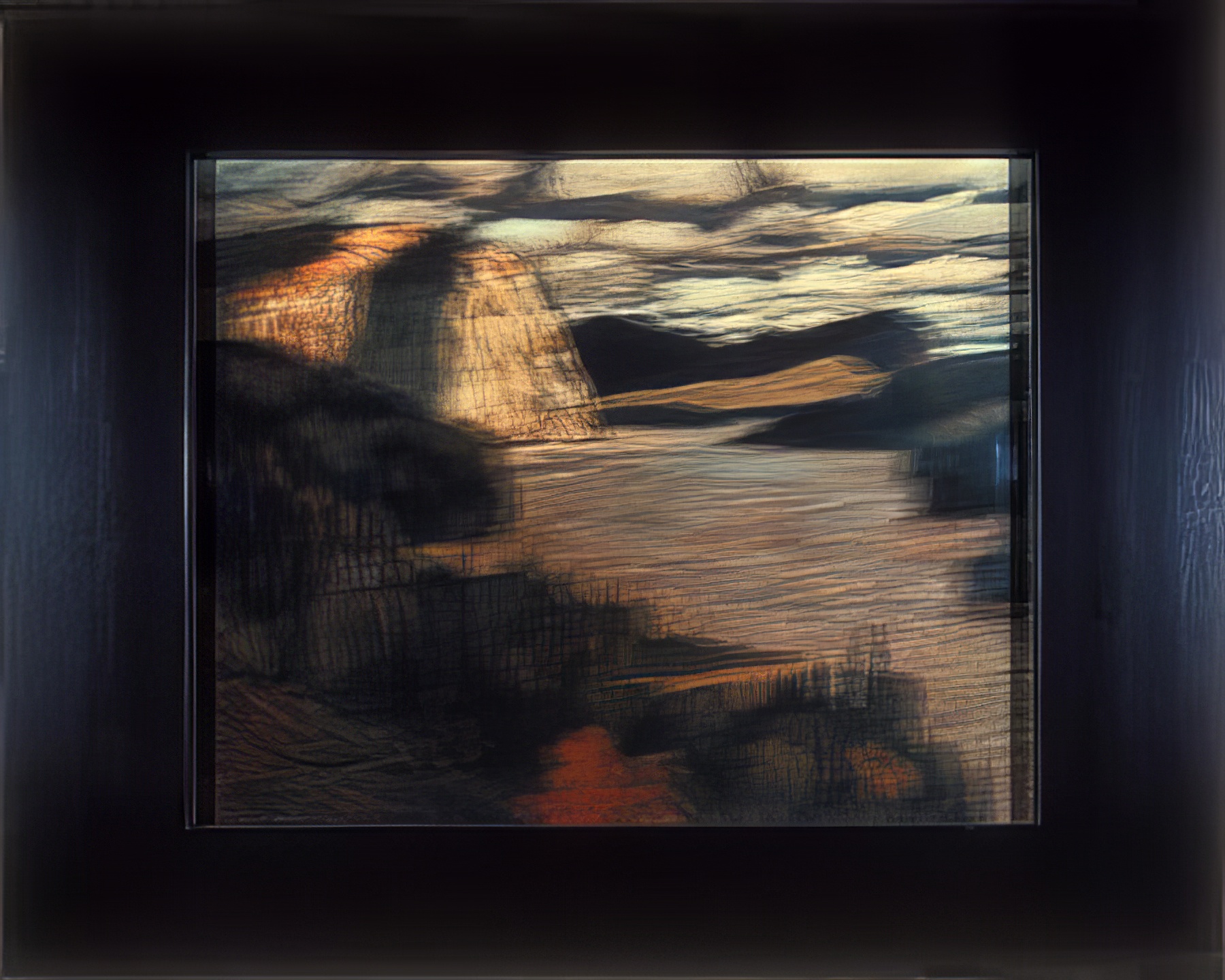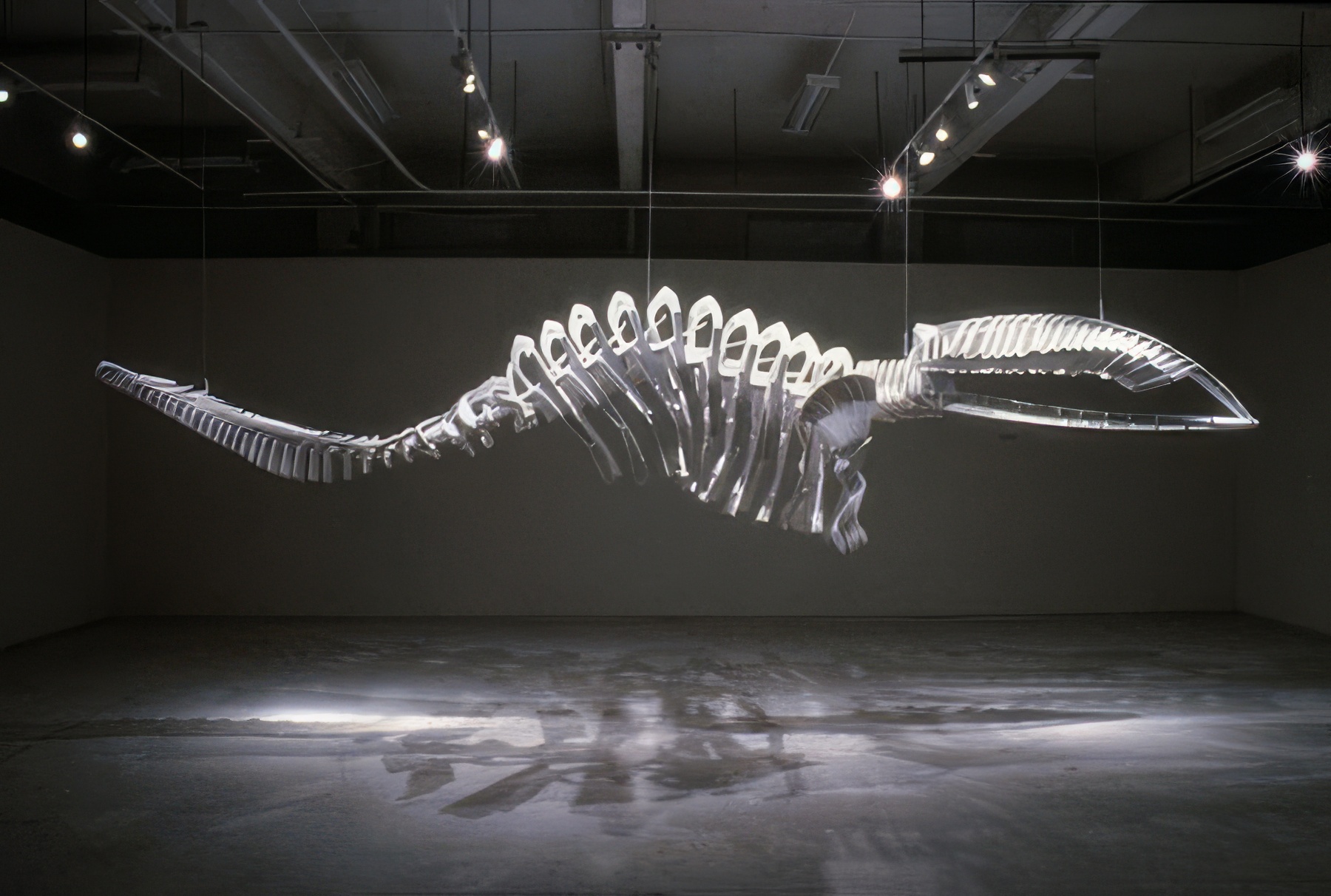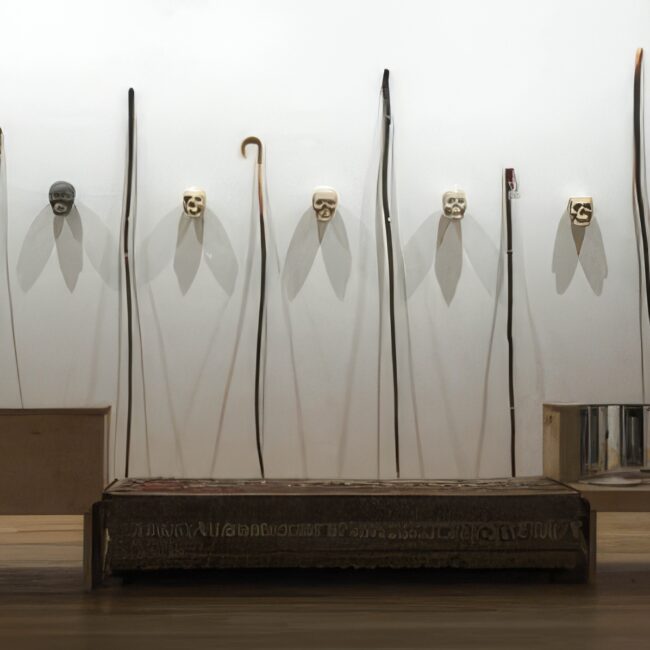




Explore CCCA Collections
Curated Virtual Exhibitions featuring artists & artwork from the Database.Apply to join the Database
We invite Canadian artists to apply. Associates may apply on behalf of artists and all are welcome.
Apply to join
the CCCA Database
Are you a Canadian artist? Apply to add samples and information about you and your work.


Above: Menaces Imminentes (detail) by Patrick Bérubé, 2003.
Series of 10 digital prints. Each 20 x 24 inches. Photograph.
A heartfelt thank you to Bill Kirby, the founder of the CCCA and creator of the CCCA Canadian Art Database.
Established in 1997, this database of Canadian art and artists was created by a passionate cohort in an effort to document the important work going on throughout this country.
The project has evolved due to the collective efforts of many, seeking to sustain and evolve this resource. Since 2013, the database has been housed at Concordia University in Montreal, at the Gail and Stephen A. Jarislowsky Institute for Studies in Canadian Art.
Browse the Resources for Artists section
The mission of the CCCA Canadian Art Database is to expand public awareness of contemporary Canadian Art, nationally and internationally. We continue to celebrate this work, thanks to the ongoing support and dedication of our community.

















